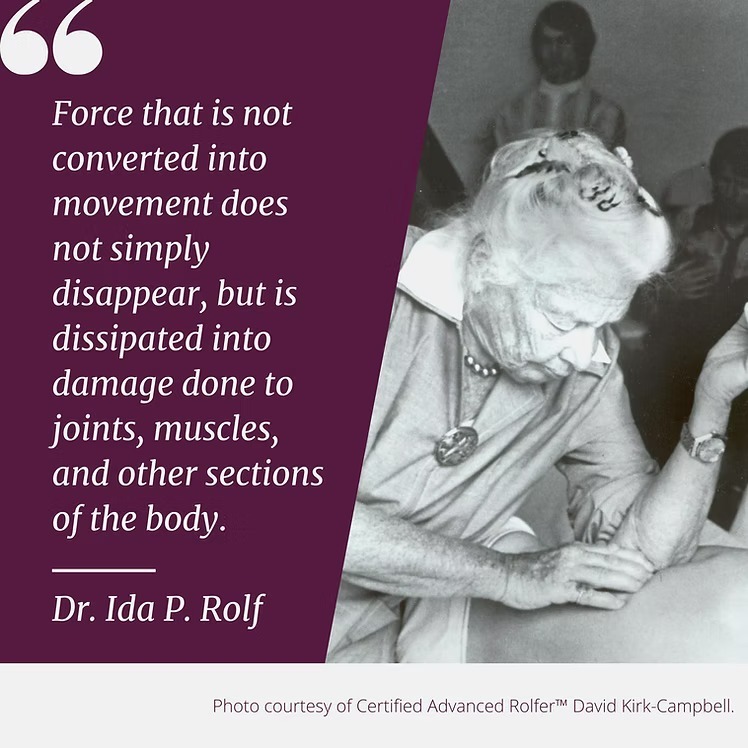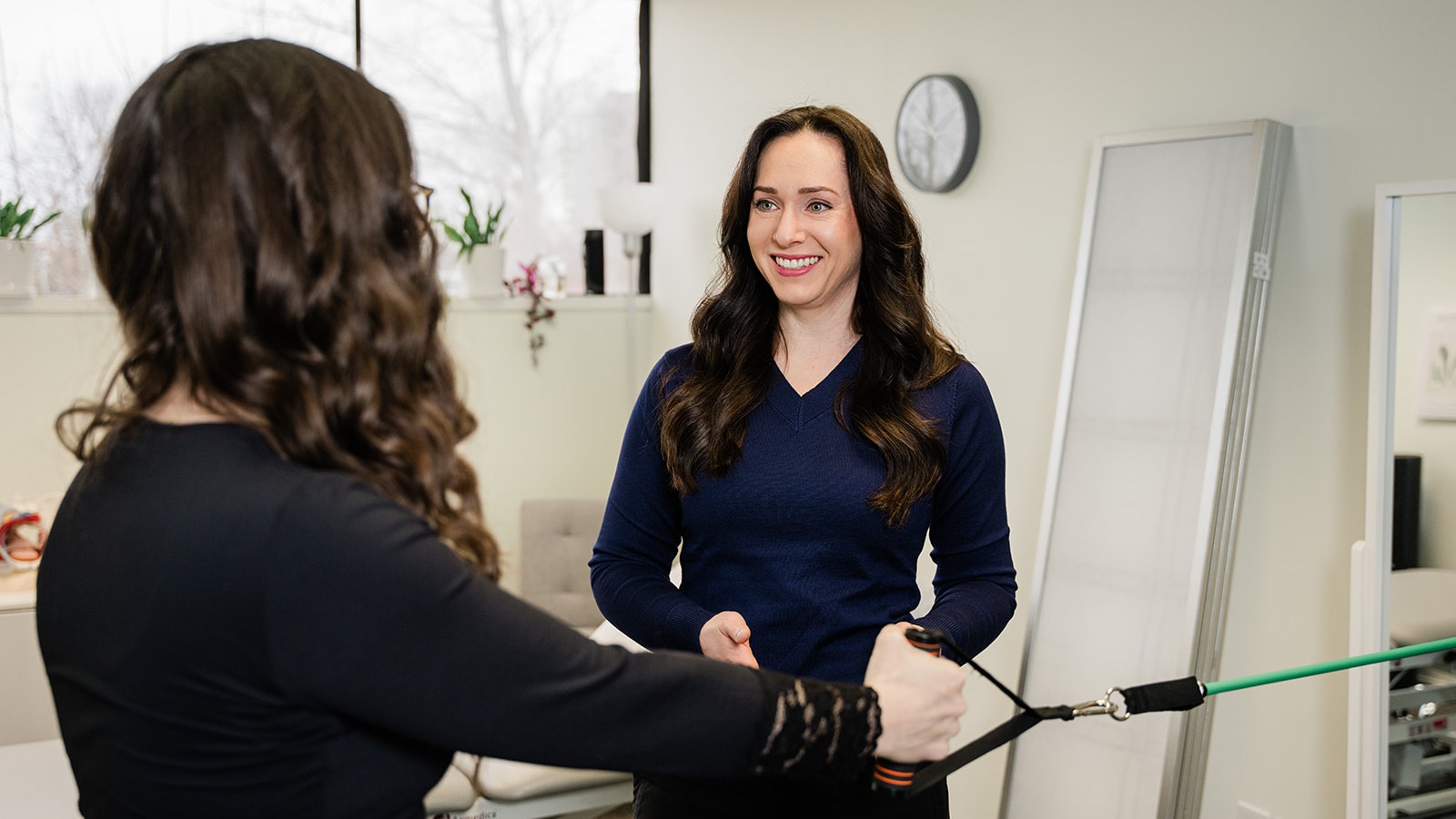Introduction
In today's fast-paced world, where stress and physical discomfort are common, finding effective ways to achieve balance and well-being is crucial. Enter Rolfing, a unique form of structural integration that aims to bring harmony to the body.
James Tremblay, a certified Rolfer based in Farmington, Michigan, has dedicated his career to helping clients move better and feel better through this innovative therapy. In this article, we delve into What Is Rolfing, who can benefit from it, and how James Tremblay's expertise is transforming lives.

What is Rolfing?
Rolfing, named after its founder Ida Rolf, is a form of bodywork that focuses on the fascia, the connective tissue that surrounds every muscle, nerve, and organ in the body. "Ida Rolf was one of the first to talk about fascia," explains James Tremblay.
"The idea is to work with these tissues to help people get rid of restrictions, improve range of motion, and alleviate pain." Unlike other therapies that may focus solely on symptoms, Rolfing seeks to address the root causes of discomfort by realigning the body's structure.
How Rolfing Works
Fascia can become restricted due to various factors, such as injury, stress, or poor posture. These restrictions can lead to adhesions, where layers of tissue stick together, causing pain and limiting movement. "A good example is nerve pain," says Tremblay. "If a nerve gets adhered to certain tissues, it can cause pain." Rolfing involves hands-on manipulation to release these adhesions, promoting better movement and reducing pain.
Who Can Benefit from Rolfing?
Rolfing is not just for those in pain. It can benefit anyone looking to improve their posture, enhance athletic performance, or simply feel more at ease in their body. Tremblay often sees clients with complex cases who haven't found relief through traditional methods. "I get a lot of tough cases," he says. "People who've been to physical therapy or other treatments but still have lingering issues." By taking a personalized approach, Tremblay helps clients address their unique challenges and achieve lasting improvements.

The Role of Mental Health
Stress is a significant trigger for pain, and Rolfing can play a role in alleviating both physical and mental stress. "I've seen people come back from vacation and feel better," Tremblay notes. "They were walking around more, not worrying about work, and their pain improved."
Understanding one's body and pain is crucial, and Tremblay emphasizes the importance of education. "Helping people understand their own bodies better is one of the best ways to alleviate pain."
A Complementary Approach
While Rolfing is a powerful tool, Tremblay views it as complementary to traditional health practices. "I like to call it complementary because it can work alongside regular doctors and medicine," he explains. By integrating holistic methods with conventional treatments, clients can achieve comprehensive care tailored to their needs.

A Success Story
One of Tremblay's memorable success stories involves a woman in her 60s with a long history of health issues. "She had pyloric stenosis as a newborn, a bad car accident, and food allergies," he recalls.
Through Rolfing, she experienced less pain, fewer headaches, and even improved vision. "She felt like she had to work less at a lot of things," Tremblay shares, highlighting the profound impact Rolfing can have on overall well-being.
Conclusion
In a world where health challenges are increasingly complex, Rolfing offers a holistic approach to achieving balance and relief. James Tremblay's expertise in structural integration allows clients to move beyond pain and embrace a life of greater ease.
If you're curious about what Rolfing is and how Rolfing can benefit you, visit Somatic Education Rolfing's website at https://www.serolfing.com to learn more about what is rolfing and take the first step towards a healthier, more integrated self.
 Add Row
Add Row  Add
Add 




Write A Comment